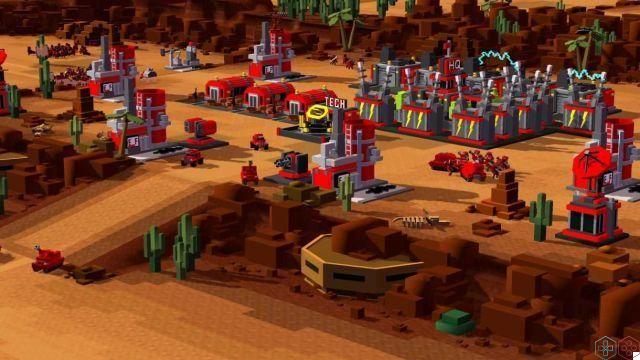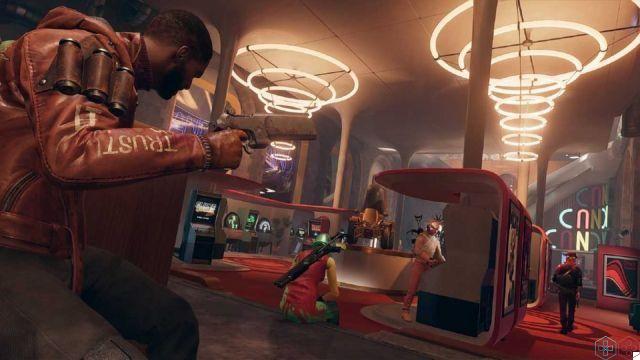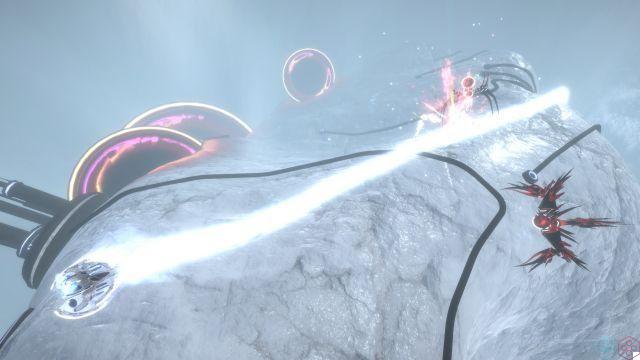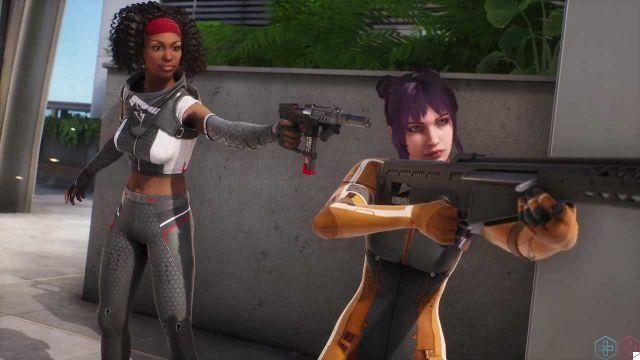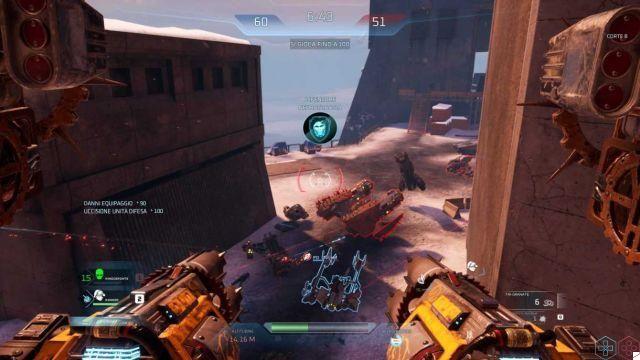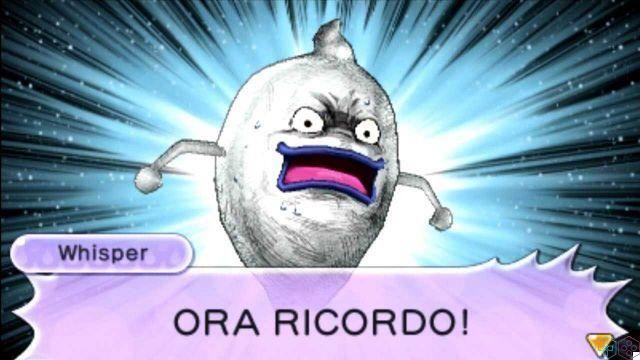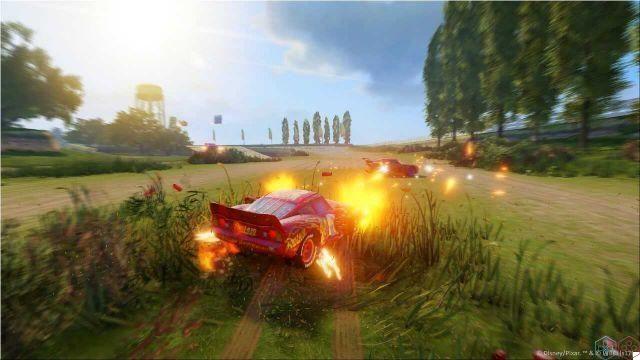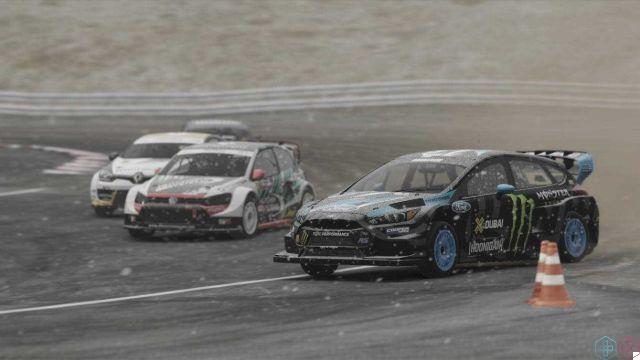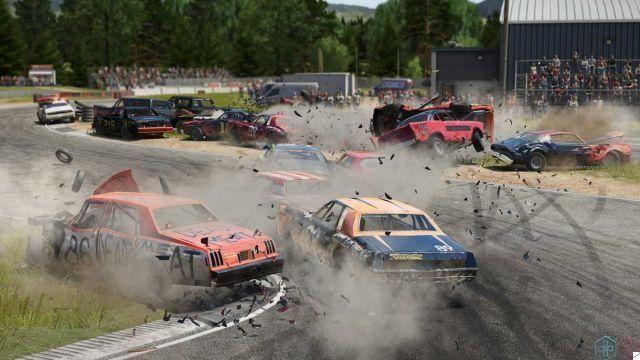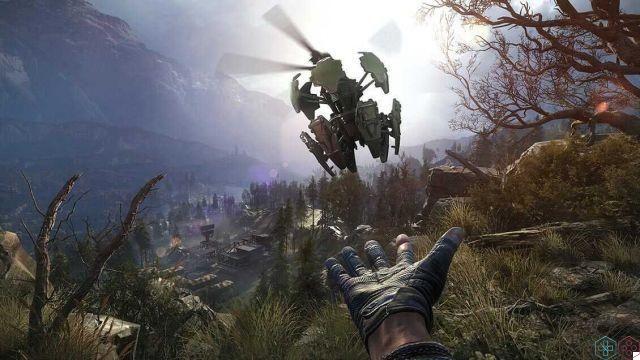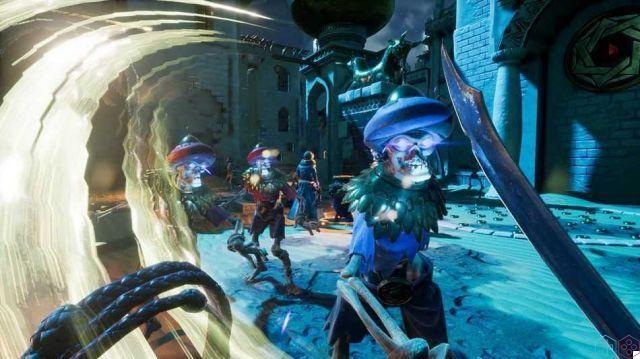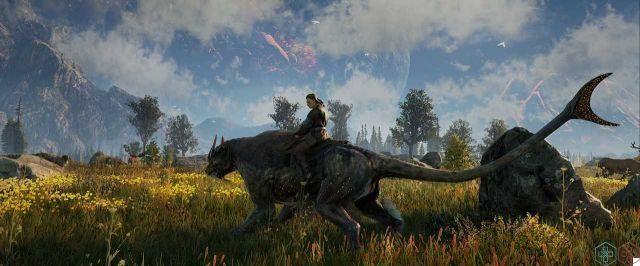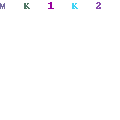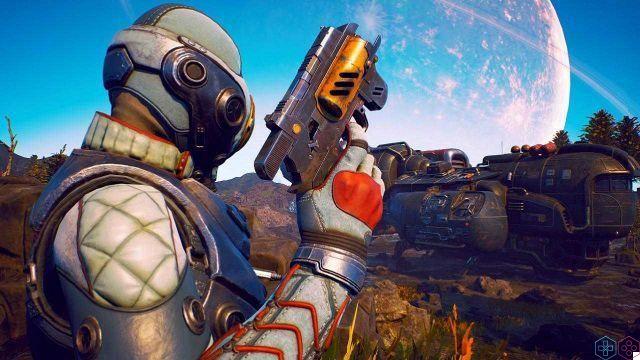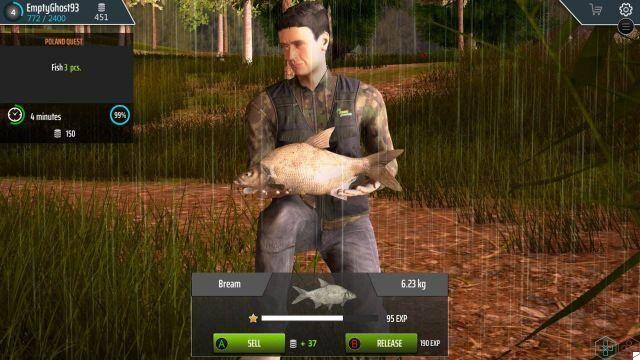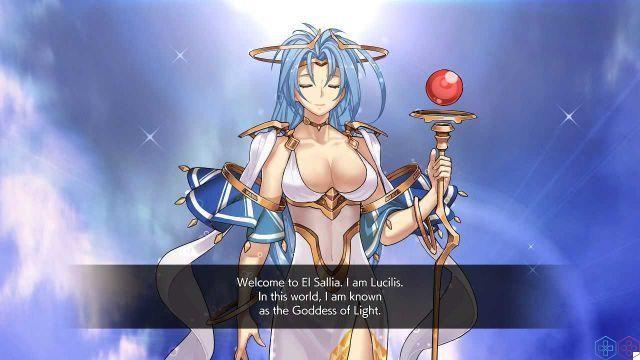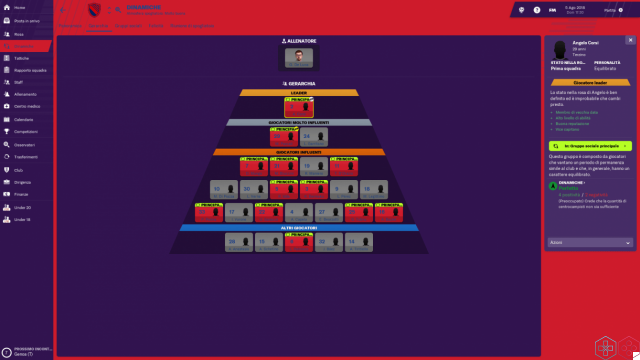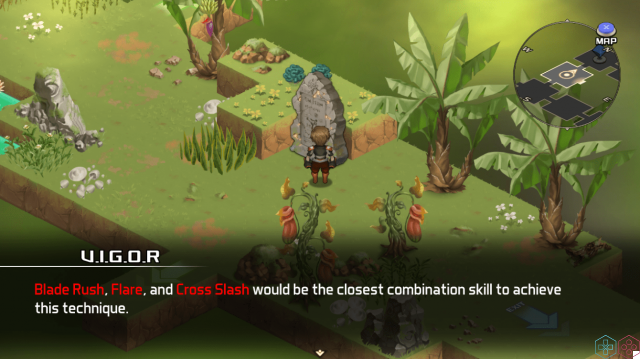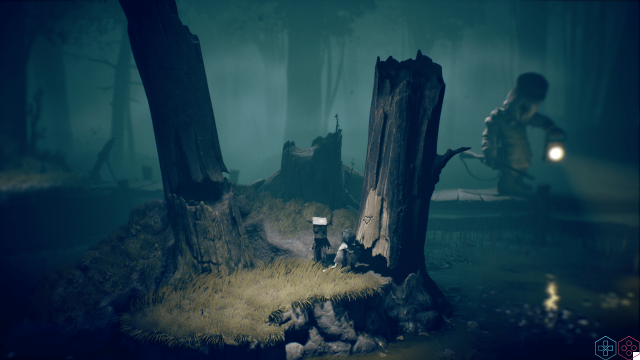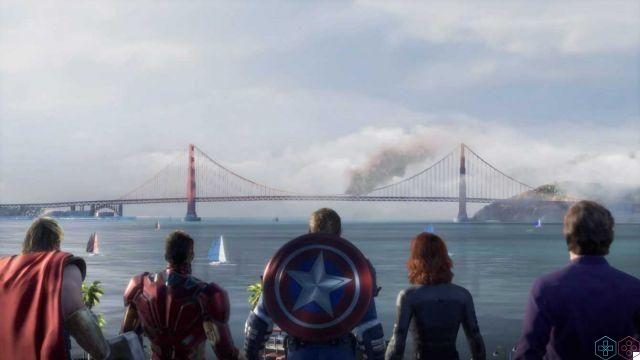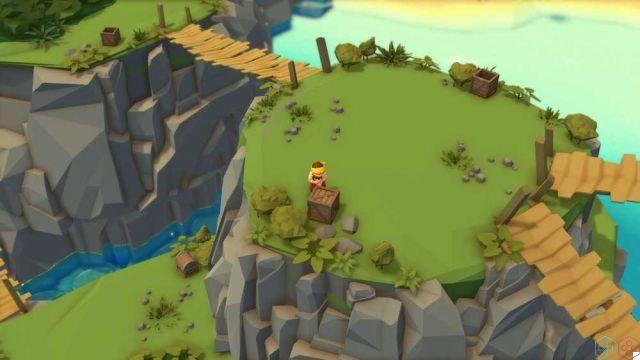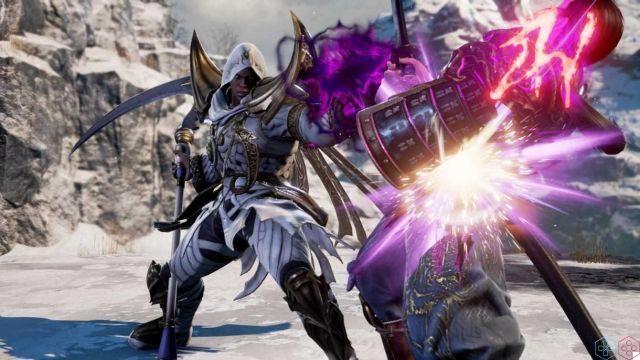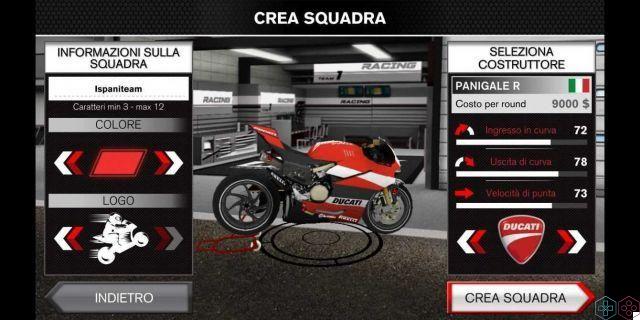We've played for you the reissue on Nintendo Switch of the original No More Heroes for Wii: here's the review of Travis's debut
For every editor, the first review is never forgotten, but in the case of No More Heroes the writer is using the expression for the second time. The first was elsewhere, with the indie Riverbond, when it was possible to talk about a game so good that we could play it even after having reviewed it. With the title we are talking about today, however, the first mainstream title has come for this scribe. Still, the verve of game designer Goichi Suda makes this a relatively niche adventure. To better frame the type of game we are talking about, we should first talk about Suda.
Known under the pseudonym of Suda51 (where the two digits read “go” and “ichi” respectively), this visionary game designer made his debut writing Super Fire Pro Wrestling Special. Contrary to the other installments in the series, Special boasts a notorious ending for the deconstruction of fame and glory. The obsessive search for the latter, in fact, led the protagonist to realize the depressing life he was leading, while a still image in pixel art of the outside of his home gave way to a shot on a black background.
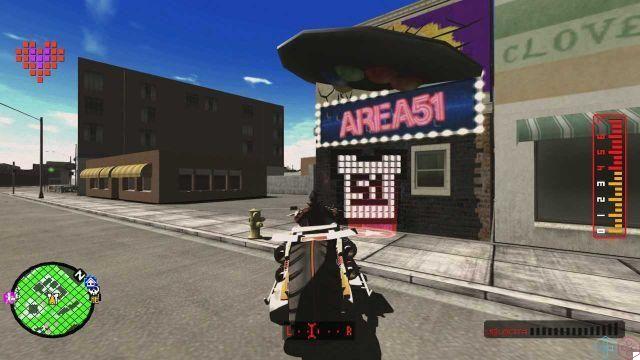
Delusion of omnipotence
Subvert the expectations is the main trademark of Goichi Suda. The psychedelic has definitely put the game designer on the maps killer7 on Nintendo GameCube and PlayStation 2. In a certain sense, No More Heroes follows many of the recurring themes that constitute a common thread for the work of the game designer. We could talk about luchador masks, but we would find ourselves talking about the tip of the iceberg. Goichi Suda's style is not limited to choices, but is also reflected in his critical vision of the video game as a medium.
In the game they coexist two contrasting souls. The first is a continuous homage to everything that "is cool" in the gaming sphere: blood, violence, adult themes, and in general a sense of rebellion, also visible in the original choice to publish the game on the console "for old men" known as Wii. Secondly, however, we have a total slap in the face of the superficial expectation of those who approach the game. Our Travis is in turn living a fantasy of power, killing for money which he will then divide between action figures and low-grade porn in a video rental.
"This loser should be you," the game implicitly tells us. Buying a laser katana through "an online auction site" - eBay, in the case - started a self-destructive spiral, and soon the good old Travis Touchdown (abbreviated, Travis T., travesty, “farce”) realizes that no, it doesn't “get easier” after sending a target or two to the Creator. This is also reflected in the gameplay, which alternates linear missions with an open world that partly pays homage Grand Theft Auto in a reverential way, it partly riddles him by emptying the town of Santa Destroy. The result, compared to Rockstar's Martin Scorsese, is an almond-eyed Quentin Tarantino.
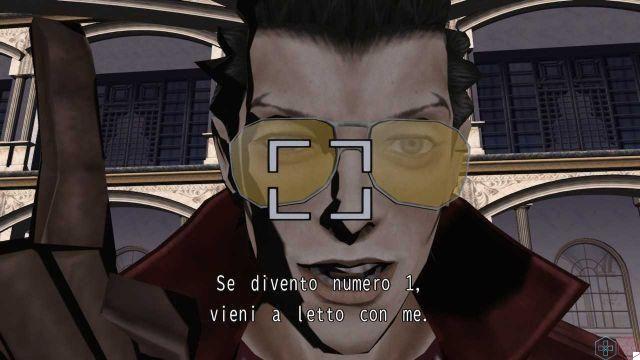
Un gameplay delirante – Review No More Heroes
The moment in which the opening cutscene - where Helter Skelter, typical protagonist of action games, is butchered by our Travis without too many ceremonies - leaves room for action is crazy even to describe. A debut in medias res immediately puts the controller in our hands (Travis himself, narrating, tells us personally) as soon as we enter the villa of the second target. Our entry into effect foresees the breaking through of the gates, letting the bike crash into the fountain. Within five seconds, the protagonist transforms two of the guards into walking geysers of blood, and then addresses them - verbatim - as "ca ** oni". Welcome to No More Heroes.
To say that the game has style and character to spare is superfluous, and this 2007/2008 vintage wine is aged without becoming vinegar. The peculiarity of writing a review for No More Heroes is the same as any title ever conceived by Goichi Suda: even the defects (however present) have been planned in detail, starting from a sobbing tutorial. We can skip it, of course: the game invites us to do it several times. Or, we can learn the rudiments of gameplay by arming ourselves with patience and paying attention to everything the game teaches us with two sentences at a time.
When the action takes flight, however, it really does. As soon as we are left free will on what to do with ours beam katana (including a "wrist" movement to recharge it), the next half hour sees us slicing through our target's personal army as if the unfortunates were pats of butter. The level design, as far as we have been able to see, mainly consists of rooms separated from each other by corridors, in a deliberate contrast with the open-world which we will talk about later. This linearity does not prevent to the game of hiding the most varied secrets, from stickers to simple monetary rewards.
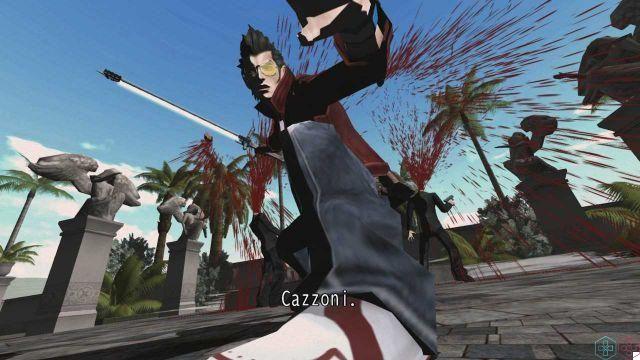
Deadly Climb - No More Heroes Review
At the end of each of the levels that make up the list of assassins (whose climb leaves us no alternatives, given the power vacuum that would see us targeted in the event of a forfeit) awaits us boss: one of the ten assassins that we will have to take over by force. Gradually, the attack patterns of each of them will become more and more intricate, putting our reflexes and our ability to learn the tricks that derive from the gameplay to the strength. The fight could, purely theoretically, be limited to hammering the X and Y keys, but this hack 'n' slash has much more to offer.
In short, we have physical attacks with the A and B keys and (when we are "at work") the aforementioned beam katana with the remaining front keys. To these, however, there is a lock-on system on the opponents and the reload function that we mentioned earlier, and both make consistent use of both the dorsal buttons and the right analog lever. These are just the basics, but soon the game proposes us to deepen them, and then ask us openly and, with the bosses, even impose it on us. As for the mere backbone of No More Heroes there is nothing more to say, but it is certainly not here that we will close the review.
The game was the protagonist of a comparison with Grand Theft Auto during the "hype phase" that preceded its release on Wii on the pages of Nintendo The Official Magazine. The reality, however, is somewhat different. This dish (we use the culinary metaphor to meet the two levels of difficulty, "Sweet" and "Salty") sees a use of the open world as a mere outline. In terms of graphics engine and pure style, it would not be out of place in GTA III or Vice City, but the sandbox has been emptied enough to make it a shrewd parody some great maps to explore.
Specifically, the points of interest remain few even after their increase and the only usable vehicle remains Travis's bike. Outside of our Sith hitman missions, the only people we can slice are targets, never pedestrians. The secret objects to be collected are also scattered in a manner deliberately frustrating. Comparing No More Heroes to a subbrand would completely miss the point Goichi Suda intended to get to; it is not a title that badly imitates our tastes, but a game that wants to open our eyes towards them.
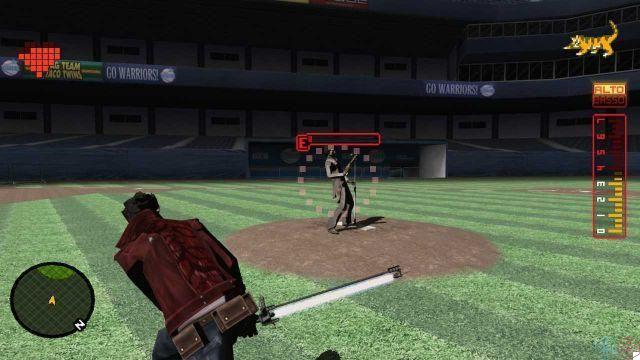
A counter-current title - Review No More Heroes
The planned frustration also extends to the "mini-games", among many - and dutiful - quotes. To emphasize the detestable (or lovable, you name it) underdog aspect of Travis, the game requires us to earn the share needed to be part of the next murder. As a good otaku he is, the protagonist is perpetually broke. To remedy this, we are given the opportunity to survive in two ways. The first are the aforementioned minigames, which allow us to do chores in which the combat system is implemented in an awkward and woody way.
As soon as we finish punching and kicking coconut trees (and then bringing the fruit with exhilarating slowness to the retailer), No More Heroes opens up the second source of extra income which we will talk about in this review. The missions they allow us to unleash murders along the lines of the main ones, but reproduced to scale. The resulting dualism - two diametrically opposed gameplay in the fun they offer the player - would not be out of place in a Maccio Capatonda film: the strengths are valid enough to make us appreciate even the care taken in the most unpleasant phases.
As we mentioned earlier, however, the map begins to pop more alive (albeit very slightly) once our second target (or third, if we count the initial cutscene) is killed. In fact, they open commercial businesses aimed at personalizing our lovably detestable avatar more, from the purely aesthetic aspects such as the clothes to the gym in which to increase our life, or the laboratory where the handsome Naomi will provide us with new equipment. It is all part of a rich mosaic, paradoxically capable of making its own defects the springboard for merits.
Of course, the fact remains that No More Heroes is a game to understand before you can even appreciate it. The lens of irony must never leave our eye, but not all players are equipped with it and this is something that Goichi Suda would have done better to take into account, both at the end of the 2020s and at the end of this wretched XNUMX. The flaws of the game, seen on the surface, can at times even make it comparable to shovelware. A title that still proves to have character (very irreverent) to sell, honestly, deserves better.
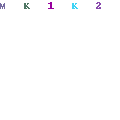
“Mobbasta” – Review No More Heroes
We conclude our review of No More Heroes by reviewing the technical aspect, starting from graphics. If we want to dot the "i", especially at the dawn of the next-gen, we can candidly admit that this game is a "remaster" there is little. If nothing else, though, every possible smudge (including some near-archaic animations) further highlights Goichi Suda's original intent. It might not seem like an objective opinion, but precisely in the critical phase we cannot ignore the artistic vision that permeates every aspect of the game.
As regards the sonoro, there is very little to complain. The music picks up Western sounds in a similar way to the Crisis Core: Final Fantasy VII soundtrack for PSP. In the dubbing - to the detriment of some simply atrocious exchange of words - instead shines through all the emotion that the cast members have poured into their roles. The choice of Robin Atkin Downes (the Medic, Team Fortress 2; Luxord, Kingdom Hearts) as Travis is just the beginning: the dialogue in the style of Resident Evil 1 hides a lot of talent.
La longevity, perhaps, is where No More Heroes limps the most. Criticizing the now ubiquitous and obsessive mania for the open world is one thing. Making this element of game design the tool for the aforementioned criticism, however, is another matter entirely. A gamble, this, which occasionally pays off, but which he often and willingly goes shopping for the rhythm of the adventure for the player. To understand Guernica, in addition to having a history book in hand, it is a must to look at it from afar. There is no certainty that the general public is willing to do so, today as in 2008.
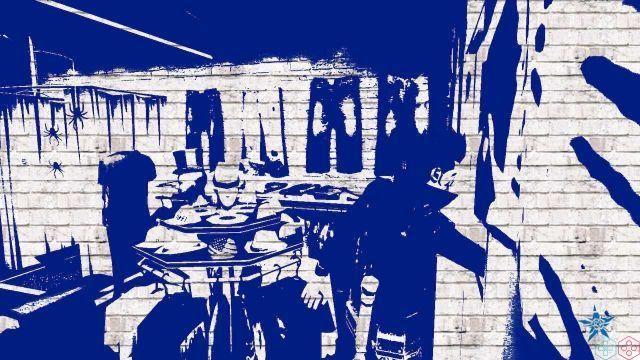
Final considerations
We could end a No More Heroes review by writing a single sentence, but how? We could perhaps define it as the grotesque result obtainable by turning a Grand Theft Auto inside out like a sock. Sure, it can't be said that no one has ever tried this before, but have we ever wondered exactly why? Still, seeing the pulsating organs of the typical Rockstar title pulsing in a new light (that of the sun) exudes inexplicably charm. On a purely analytical, not to say artistic level, this title - no, this series - still deserves to be defined Goichi Suda's magnum opus. Recommended and advisable, the game is really a very well aged wine. If you are a teetotaler, there is nothing we can do about it, but if you love alcohol you can already arm yourself with corkscrews.
Our review ends here; we always give you an appointment here on techigames, so you don't miss anything in the videogame world.
8.5 Irreverent, stylish, uniquePoints in favor
- A bold vision without compromise
- One of the coolest games ever created
- A perfect blend of storytelling and gameplay
- Intriguing marriage between intellect and student spirit
- A perfectly functional port
Points against
- The deliberately boring phases, being boring anyway, risk alienating the players




